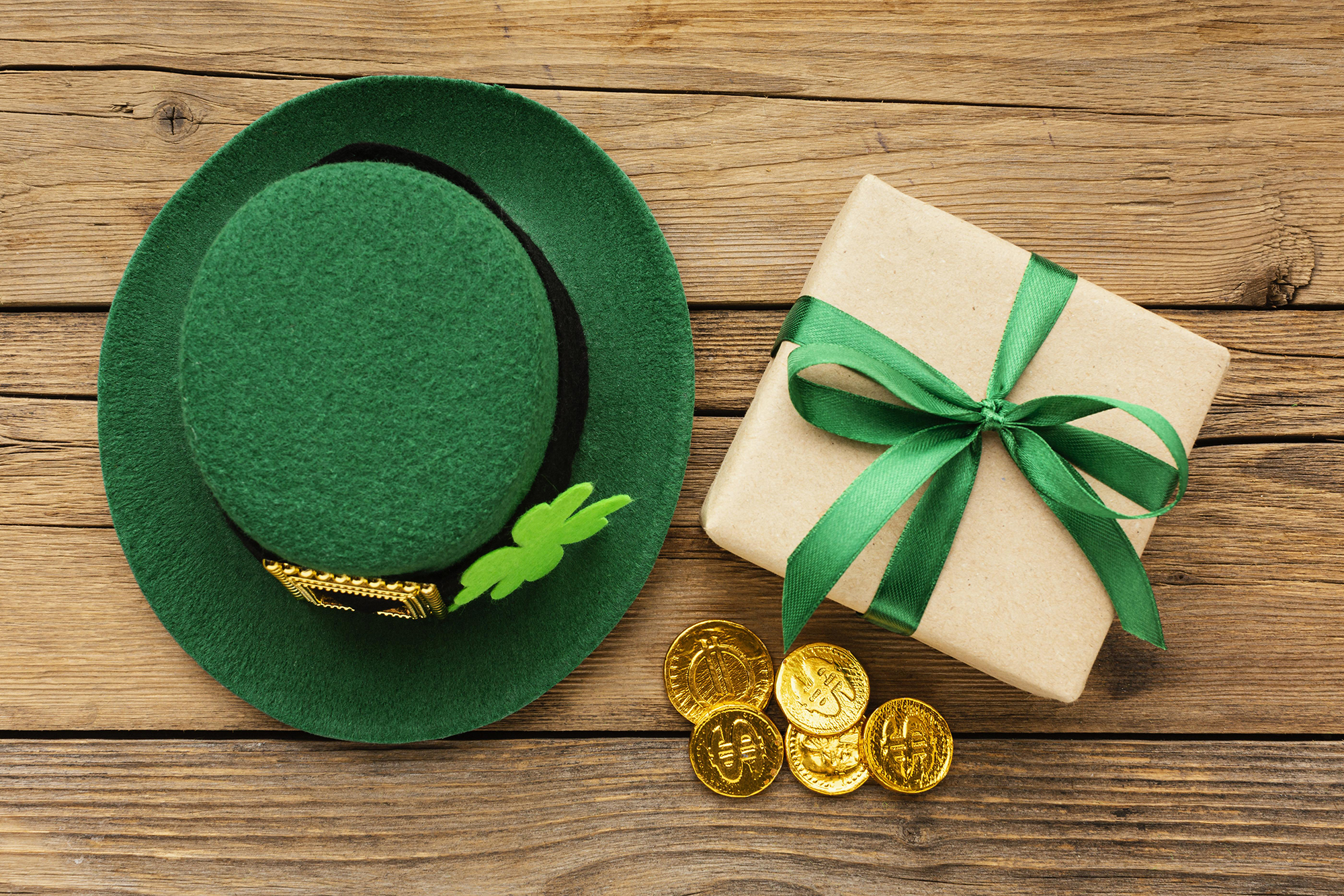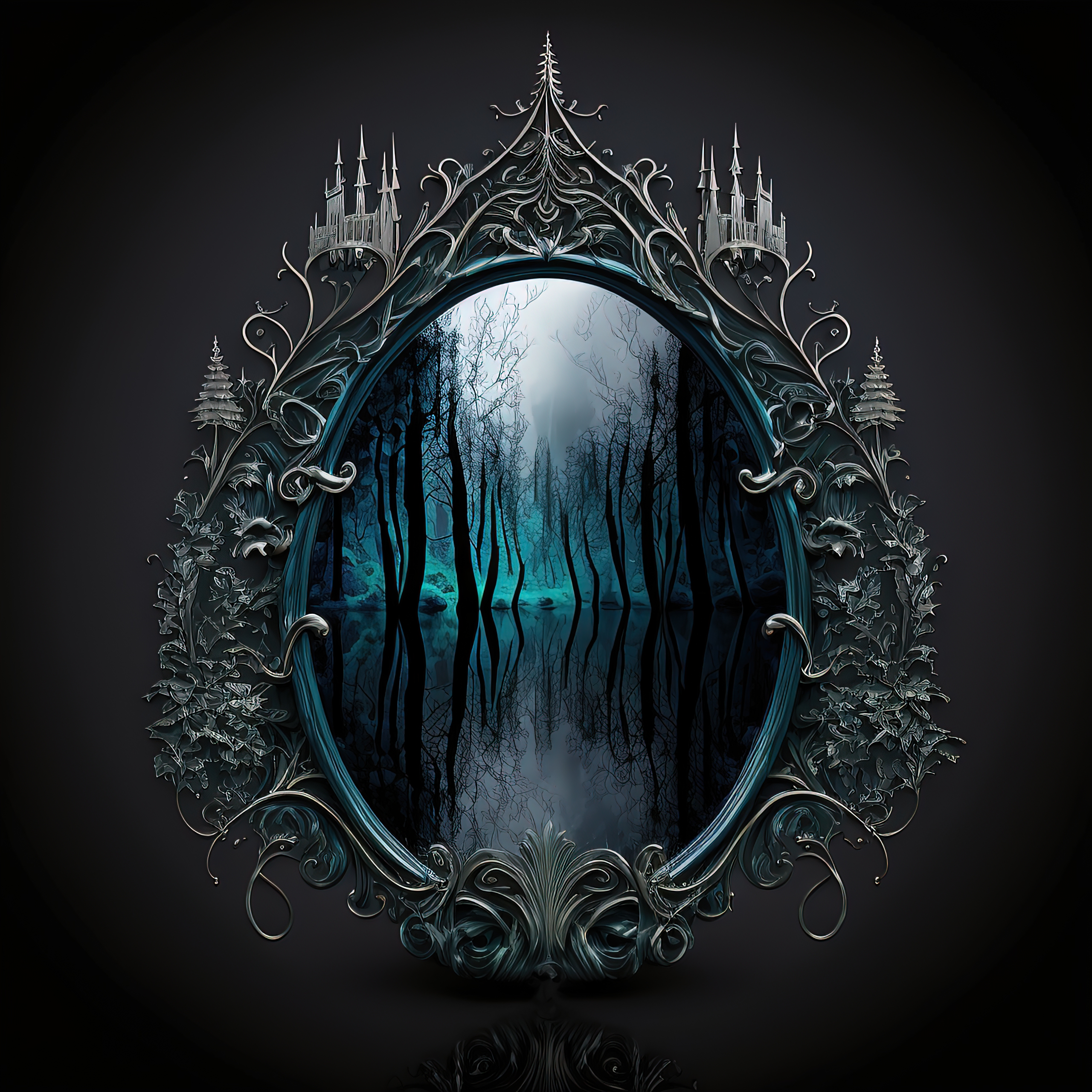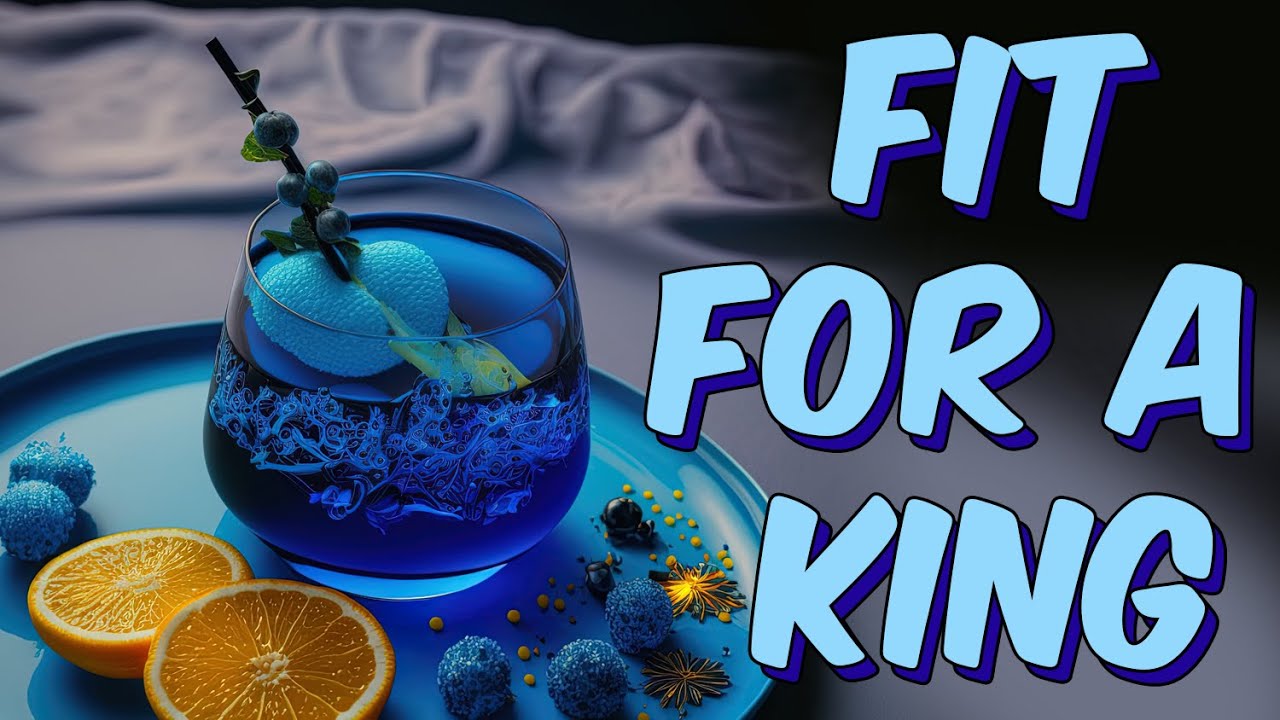St. Patrick's Day
St. Patrick's Day, celebrated on March 17th, is a holiday that is deeply rooted in Irish culture and tradition. It is a day that honors the patron saint of Ireland, St. Patrick, who is credited with bringing Christianity to the Emerald Isle. However, the holiday also has strong connections to magic, witchcraft, folklore, and paganism. In this blog post, we'll explore some of the ways in which St. Patrick's Day is intertwined with these mystical and spiritual practices.
Folklore and Paganism
St. Patrick's Day is deeply intertwined with Irish folklore and pagan traditions. In ancient Ireland, the spring equinox was a time for celebrating the arrival of spring and the renewal of life. The holiday was known as Ostara or Eostre, and it was associated with the goddess of fertility and rebirth. As Christianity spread throughout Ireland, St. Patrick's Day became a way to incorporate these pagan traditions into the new religion.
One of the most famous legends associated with St. Patrick's Day is the story of St. Patrick driving the snakes out of Ireland. While this story is often interpreted as a metaphor for driving paganism out of Ireland, it is more likely that there were never any snakes in Ireland to begin with. Rather, the story may be a symbolic representation of St. Patrick's efforts to convert the Irish people to Christianity.
Magic and Witchcraft
St. Patrick's Day is also associated with magic and witchcraft. In Irish folklore, the leprechaun is a mischievous fairy who is said to guard pots of gold at the end of rainbows. If you catch a leprechaun, he may grant you three wishes. This belief in magical creatures is still alive and well in modern Ireland, and many people believe in the power of fairies and other supernatural beings.
Another magical tradition associated with St. Patrick's Day is the use of four-leaf clovers. According to legend, finding a four-leaf clover is said to bring good luck, and it is a symbol of the Holy Trinity in Christian tradition. Some people also believe that carrying a four-leaf clover can protect you from evil spirits and bad luck.
Witchcraft is also a part of Irish folklore, and St. Patrick's Day is a popular time for spells and divination. One popular spell involves burning a piece of paper with a written wish on it and then scattering the ashes to the wind. Another tradition involves divining the identity of your future spouse by picking a sprig of heather and reciting a rhyme.
In conclusion, St. Patrick's Day is a holiday that is steeped in magic, witchcraft, folklore, and paganism. While the holiday is often associated with drinking and partying, it is important to remember the deeper spiritual and mystical traditions that are an integral part of Irish culture. Whether you believe in the power of fairies, the symbolism of four-leaf clovers, or the magic of witchcraft, St. Patrick's Day is a time to celebrate the rich and diverse spiritual traditions of Ireland.
















